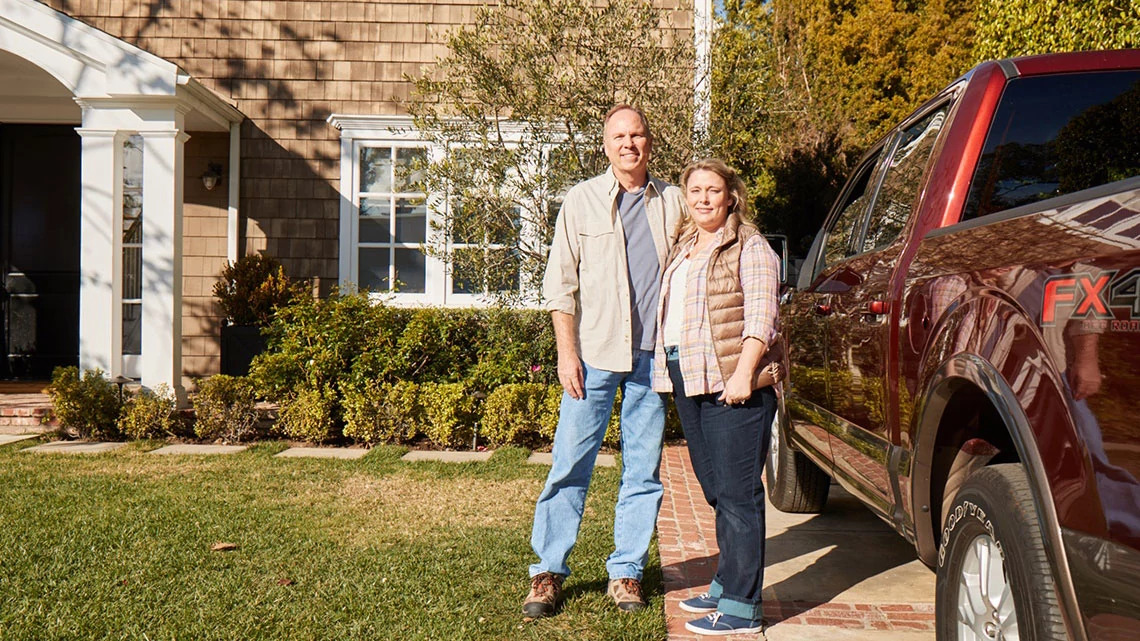AARP Hearing Center


At age 60, after living in rented apartments and lofts, and then for 20 years in a century-old farmhouse that was falling, inexorably, around our heads, I decided the time had come for my wife and me to stop living like grad students and build a house of our own, one suited to adults and, in all likelihood, the last home we would own.
It would be constructed on the footprint of the original farmhouse, which we bought when we moved back to the Adirondack Mountains of upstate New York to operate a weekly newspaper once owned by my father.
The appeal of the white-frame, green-shuttered house perched squarely in the middle of fields, orchards and second-growth pines would have been obvious to anyone. “It’s so perfect,” said Lisa. “Why is it even on the market?”
As we would shortly learn, the house’s charm lay almost wholly on the surface. Renovated cheaply and hastily by a boat shop owner who was notorious for restoring wooden boats “only to the waterline,” it was poorly insulated and had a leaking slate roof and a mud basement that flooded every spring. It was also a popular rest stop for squirrels, bats, snakes, mice and at least one white ermine — not to mention a few stray cats, which would cower with me in the living room as the flying squirrels leapt from picture frame to picture frame.
Publishing a struggling newspaper forced us to postpone any plans we may have had to restore the house. When we finally discussed it, a procession of architects and contractors gave us the same advice: Tear it down.
We were devastated. We had always seen ourselves living in an old house, and it was painful to be the people who would destroy one of the few surviving farmhouses in a community of second homes, faux camps and McMansions. But we took their advice — a decision made all the easier by the insurance company, which informed us that it saw no value in insuring our drafty old house.
On an autumn afternoon, my wife sat on a stone wall and wept as the house was demolished. An art school graduate and a New York–based clothing and home furnishings designer, Lisa was and is a committed architectural preservationist. Unable to save this house, she girded herself for a fight to make the new house much like the old one, only better. Easier said than done, of course. And more expensive, it turns out.


































































You Might Also Like
How to Protect What You Collect
From keeping an inventory to why you may not want to repair old items, we have tips about caring for your collectibles
Great Ways to Show Your Love
From anticipating your partner’s needs to making grand gestures, here are tips to make them feel special
Historic Home Renovation
For a couple of empty nesters, embarking on a new project involving a house from 1780 means loving all that’s old about it
More Members Only Access
Watch documentaries and tutorials, test your knowledge with our quizzes, read interviews and much more exclusively for members
Recommended for You